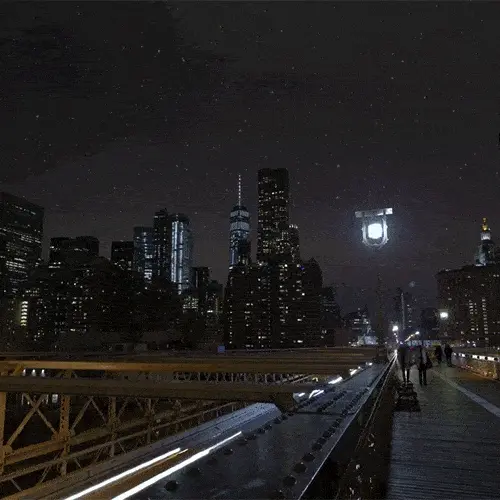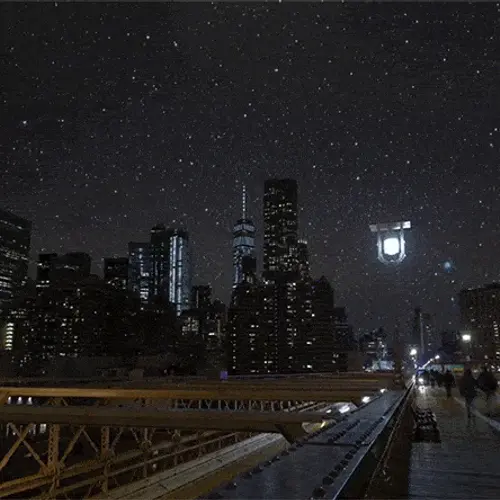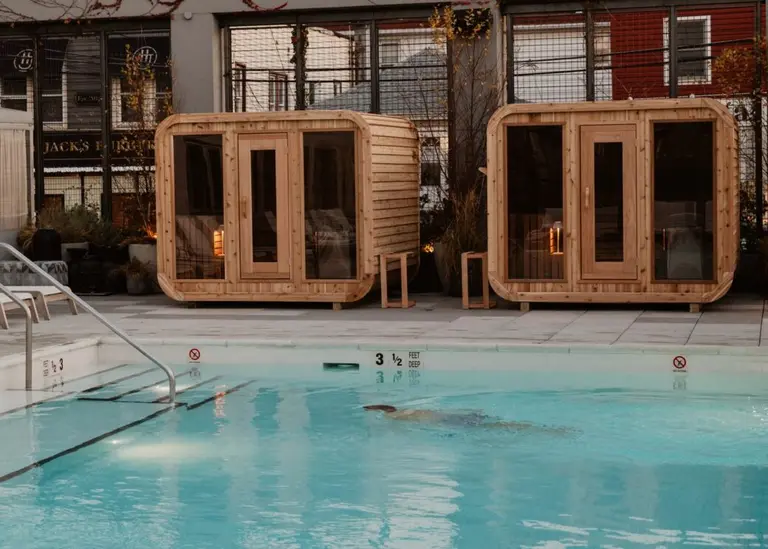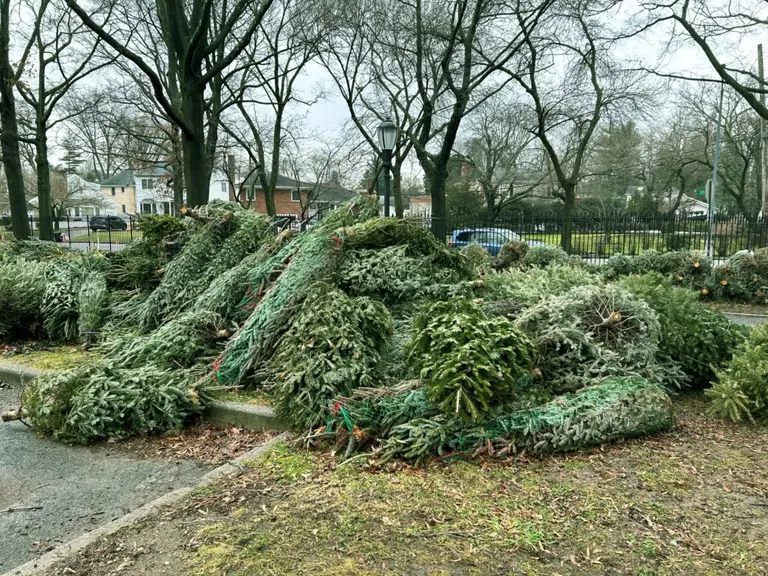See how NYC’s skies would look with stars if there was no light pollution
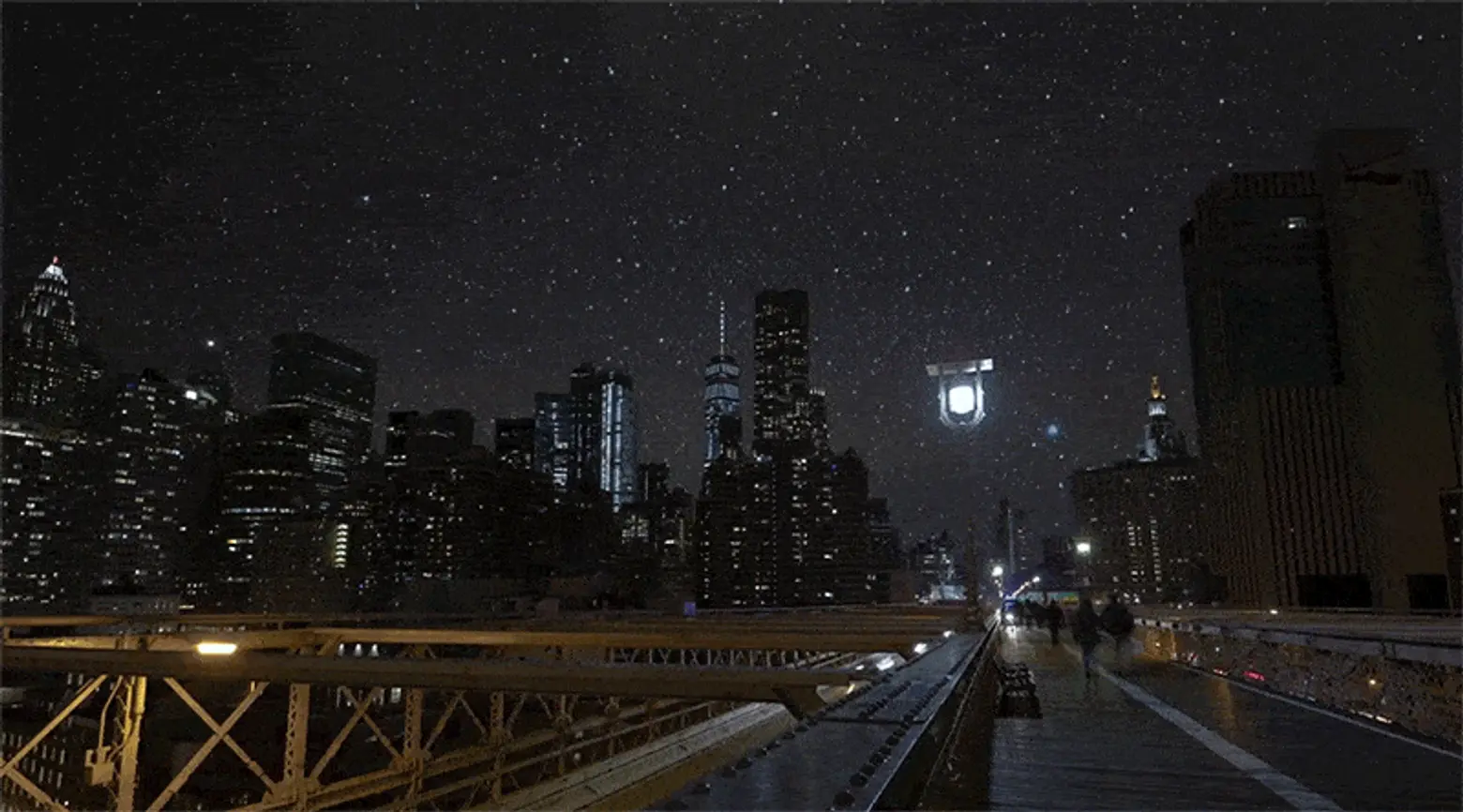
There are plenty of celebrities in New York City but very few stars (of the celestial kind). Because of all the light produced from the buildings, it is close to impossible to see any stars in the sky unless there is a citywide blackout. With this in mind, photographers and filmmakers Harun Mehmedinovic and Gavin Heffernan, of the gorgeous Skyglow Project, created time lapses from the night skies at the Grand Canyon and Death Valley National Park and superimposed those images on the NYC sky. Their new video is part of the International Dark Sky Week (April 15-21) which is a campaign to get communities to turn off their lights.
When asked what they learned from making these projects, Mehmedinovic commented, “From Skyglow, it was primarily the depth of the impact of light pollution. Going in, I knew that light obscured the night sky, what I didn’t know was that it killed 90% of the firefly habitat, led to massive losses in the number of sea turtles, impact on salmon and migratory birds, human health, etc. There is a lot more to it than just the night sky.”
From the time lapse project, Mehmedinovic and Heffernan agreed their major takeaway was “the fact that you can see the light from cities hundreds of miles away even when in a relatively good dark sky area. Shooting towards the horizon gives you an idea of how impact light has even at long distance. Also, we were pleasantly surprised how many people care about this issue. It transcends the political and religious spectrum.”
The Dark Sky Association, created in 2003 by high-school student Jennifer Barlow, is part of Global Astronomy Month. At the time, Barlow explained, “I want people to be able to see the wonder of the night sky without the effects of light pollution. The universe is our view into our past and our vision into the future. … I want to help preserve its wonder.”
According to the Dark Sky Week website, “We are only just beginning to understand the negative repercussions of losing this natural resource. A growing body of research suggests that the loss of the natural nighttime environment is causing serious harm to human health and the environment. For nocturnal animals in particular, the introduction of artificial light at night could very well be the most devastating change humans have made to their environment. Light pollution also has deleterious effects on other organisms such as migrating birds, sea turtle hatchlings, and insects.”
They go on to explain that we are not immune from the negative effects of light pollution, “Excessive exposure to artificial light at night, particularly blue light, has been linked to increased risks for obesity, depression, sleep disorders, diabetes and breast cancer.”
This is clearly a very important topic, to which Mehmedinovic and Heffernan say, “Keep an eye out for many more SKYGLOWPROJECT.COM videos and eventually a feature film doc on this subject, provided we keep getting support through our crowdfunding and other means. For us, this is a non- profit project.” Seems like a good topic to shine some light one (inside of the sky).
